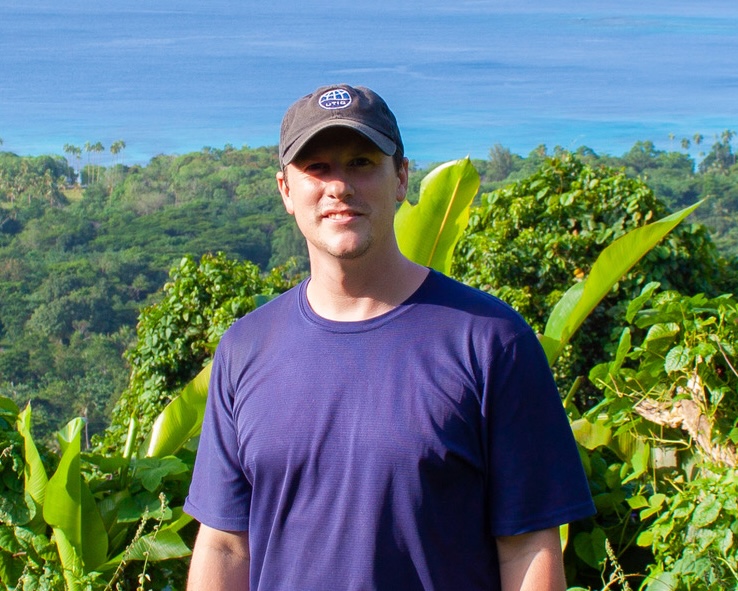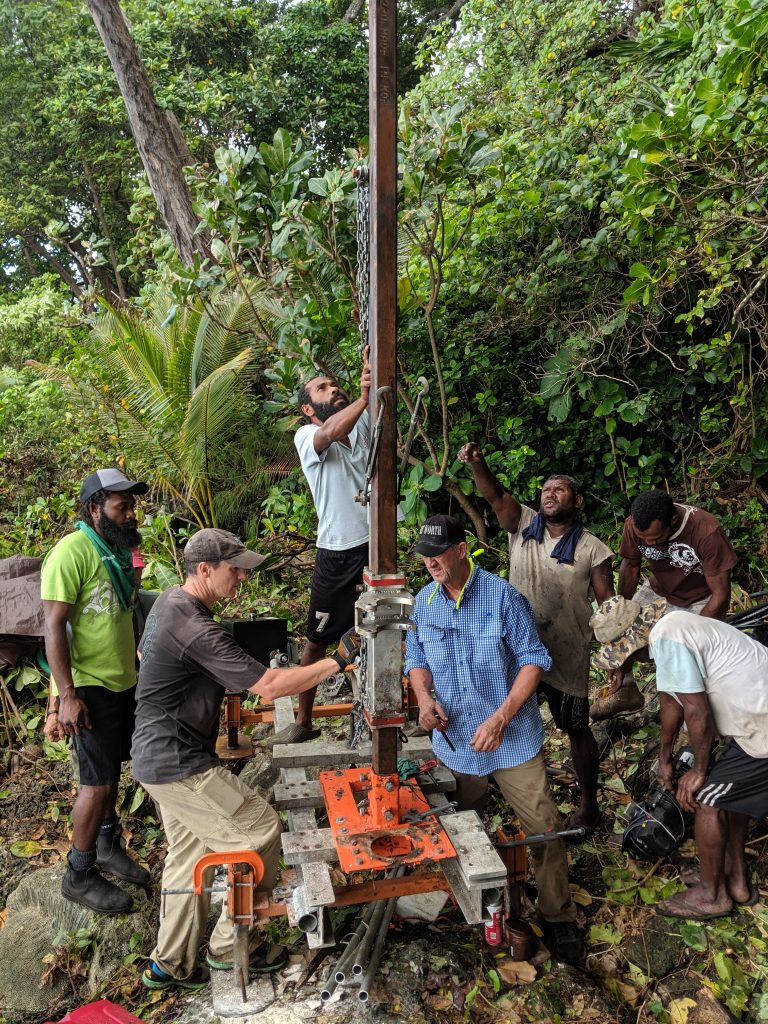Friday, April 25, 2025 at 10:30am CT

Speaker: Jud Partin, Research Associate Professor, University of Texas Institute for Geophysics
Host: Yuko Okumura
Title: Back to the Future: Ancient El Niño events in a Warming World
Abstract: Extreme El Niños are hazardous events that caused widespread damage in the latter half of the 20th century, and we do not know how they will respond to anthropogenic warming. Models project a range of responses of the El Niño-Southern Oscillation (ENSO) strength to dramatic 21st-century increases in atmospheric CO2 – from a 50% increase, to no change, to a 50% decrease. Our approach to address the uncertainty of future extreme El Niño event projections is to examine how ENSO and extreme events respond to changes in background climate states different from today in both models and paleoclimate proxies. Past changes in ENSO act as an out-of-sample test for the emergent constraints of future ENSO strength and extreme El Niño frequency. However, the brevity of observations and the scarcity of tropical Pacific paleoclimate data coverage prior to 1960 leads to uncertainties in quantifying past ENSO variability.
Here, I present new deglacial and Holocene coral oxygen isotope records from Vanuatu and compare them with previously published coral data and new climate model simulations to analyze ENSO response to external forcings over the last 15,000 years. The coral records from the last ice age are unique, as most old coral archives of past El Niños were flooded in the rise of sea level during the last deglaciation. Using an ultra-portable drill our group designed and built, we recovered ice age corals from a rapidly uplifting island in Vanuatu that brought these ancient corals to the near surface. Using the Community Earth System Model V1, a model that projects more extreme El Niño events under anthropogenic forcing, I show that both the simulations and coral records exhibit a decrease in ENSO strength and extreme El Niño frequency 12 and 15 thousand years ago during the last deglaciation relative to modern times. Contrasts between past and future changes in simulated ENSO suggest exacerbated impacts of extreme El Niño events across the tropical Pacific in a warming world, pointing towards a future with higher socioeconomic losses due to these hazardous events.

